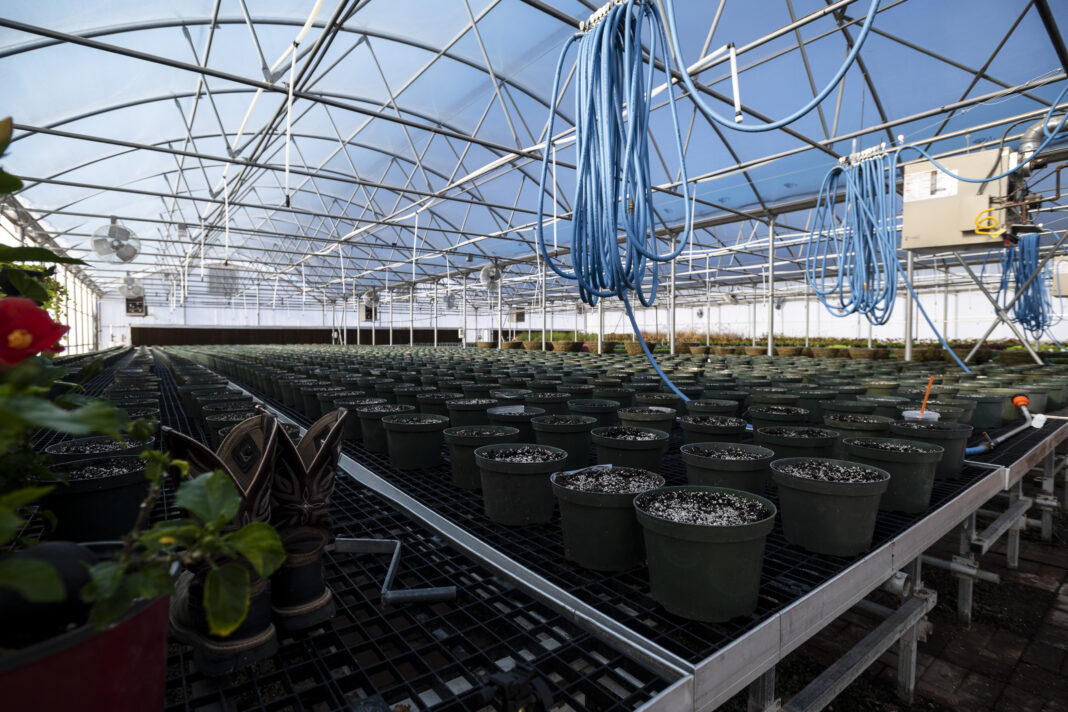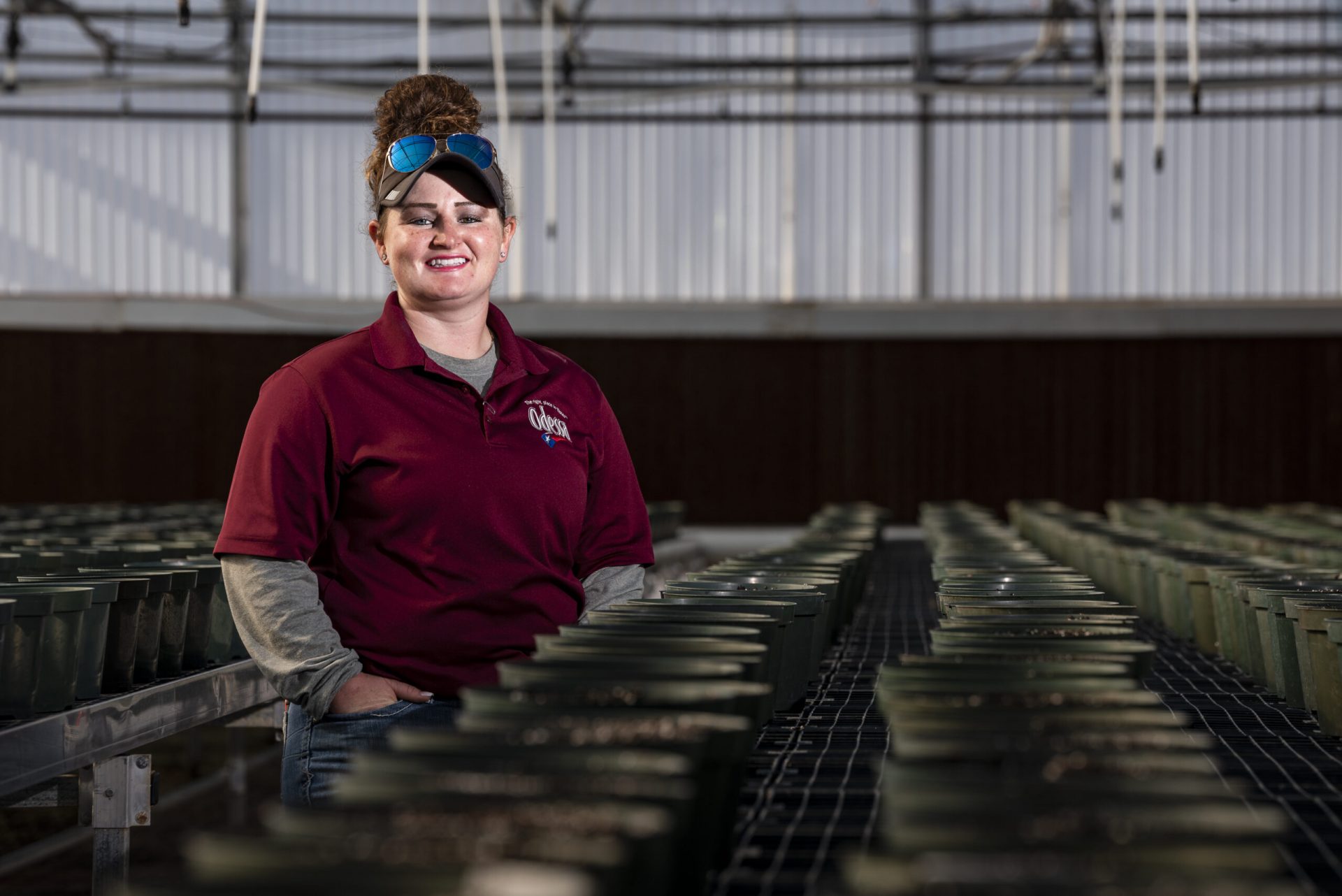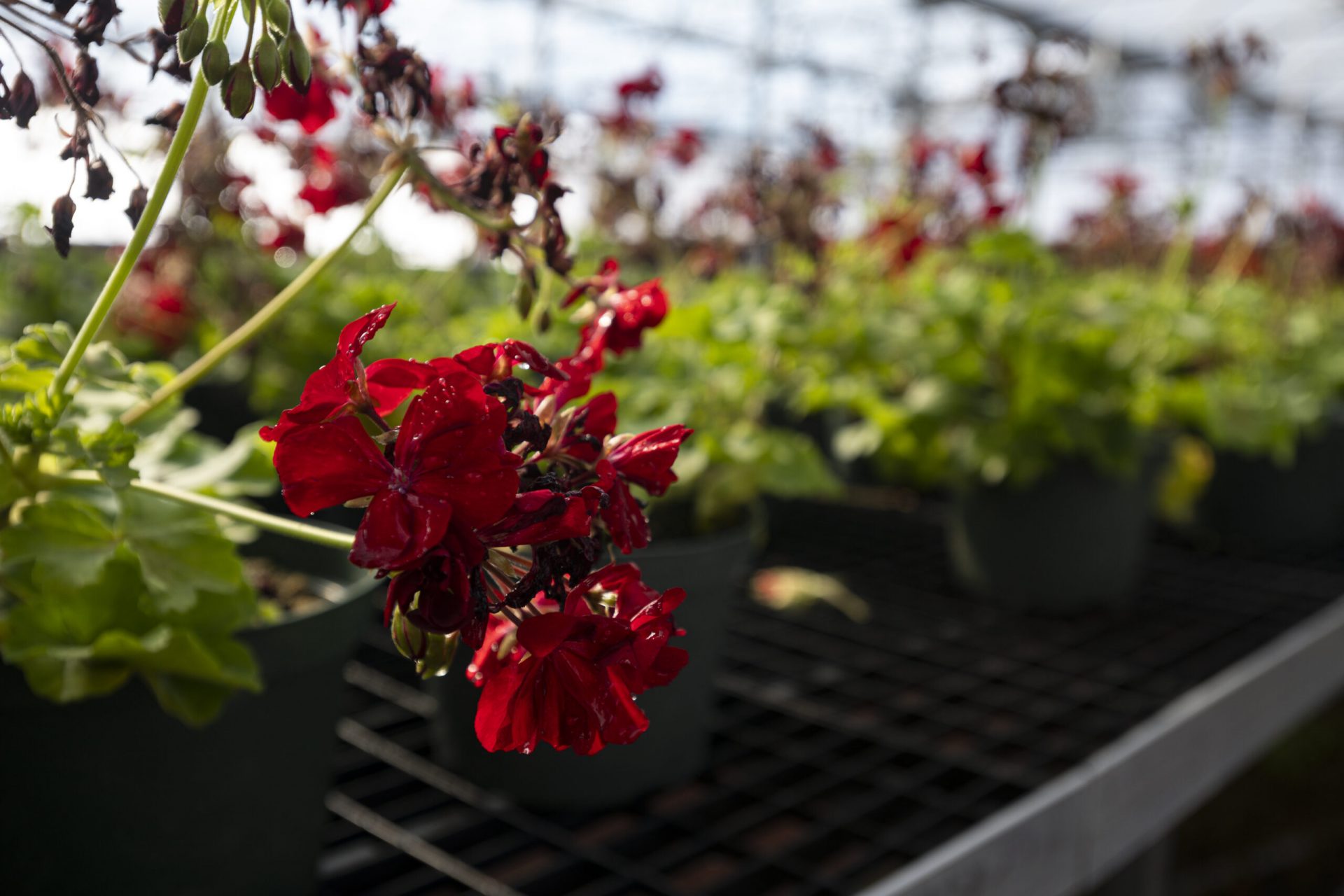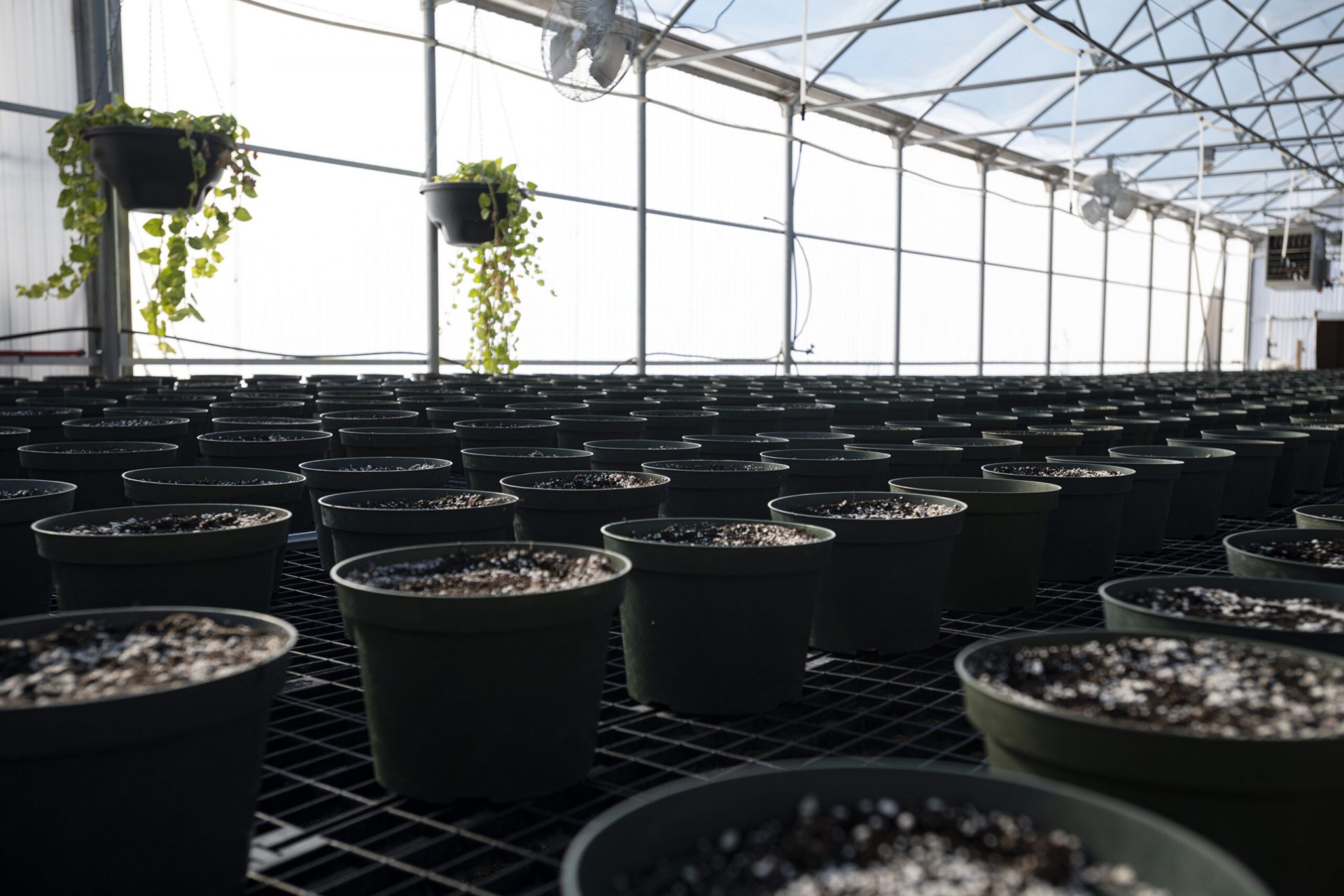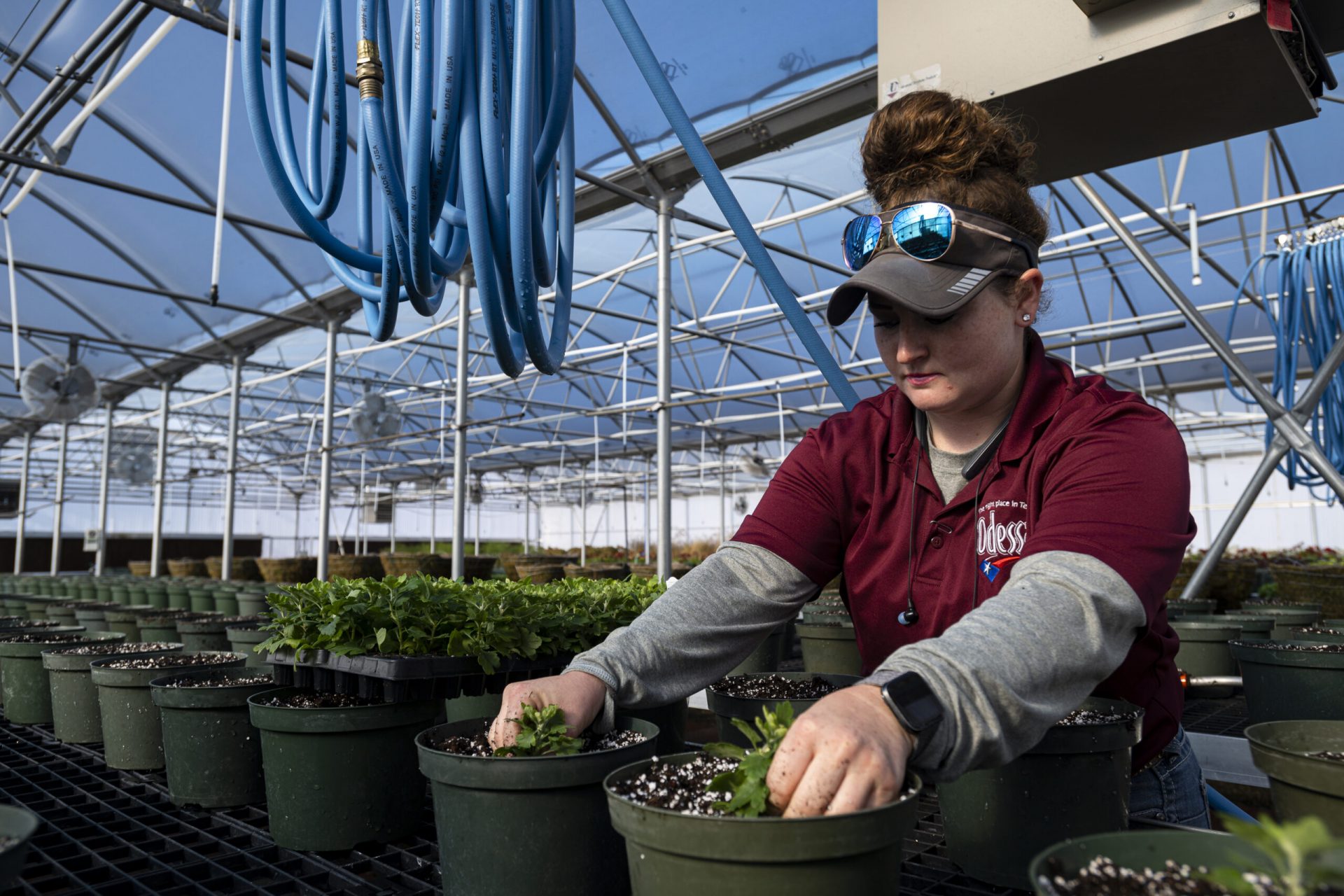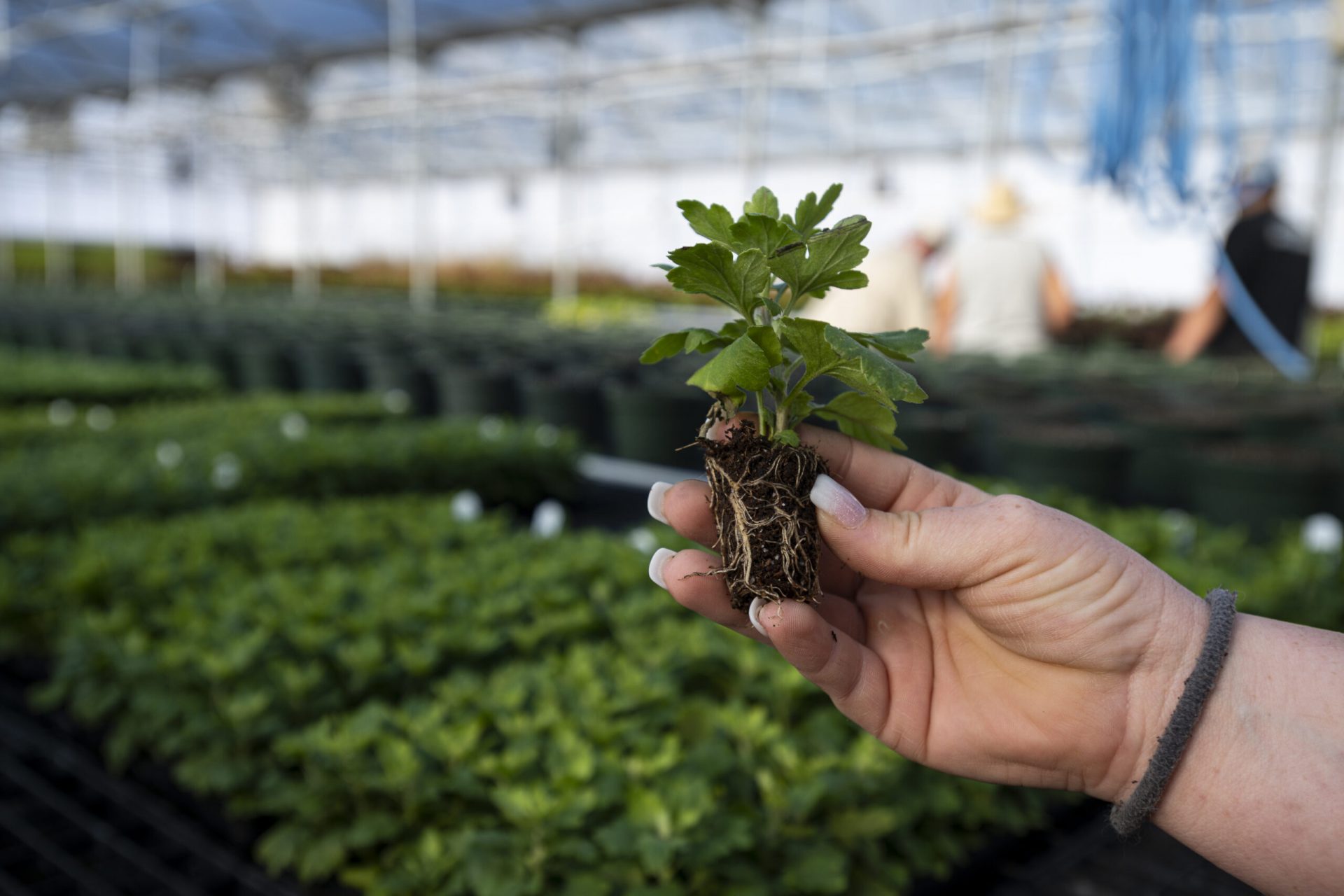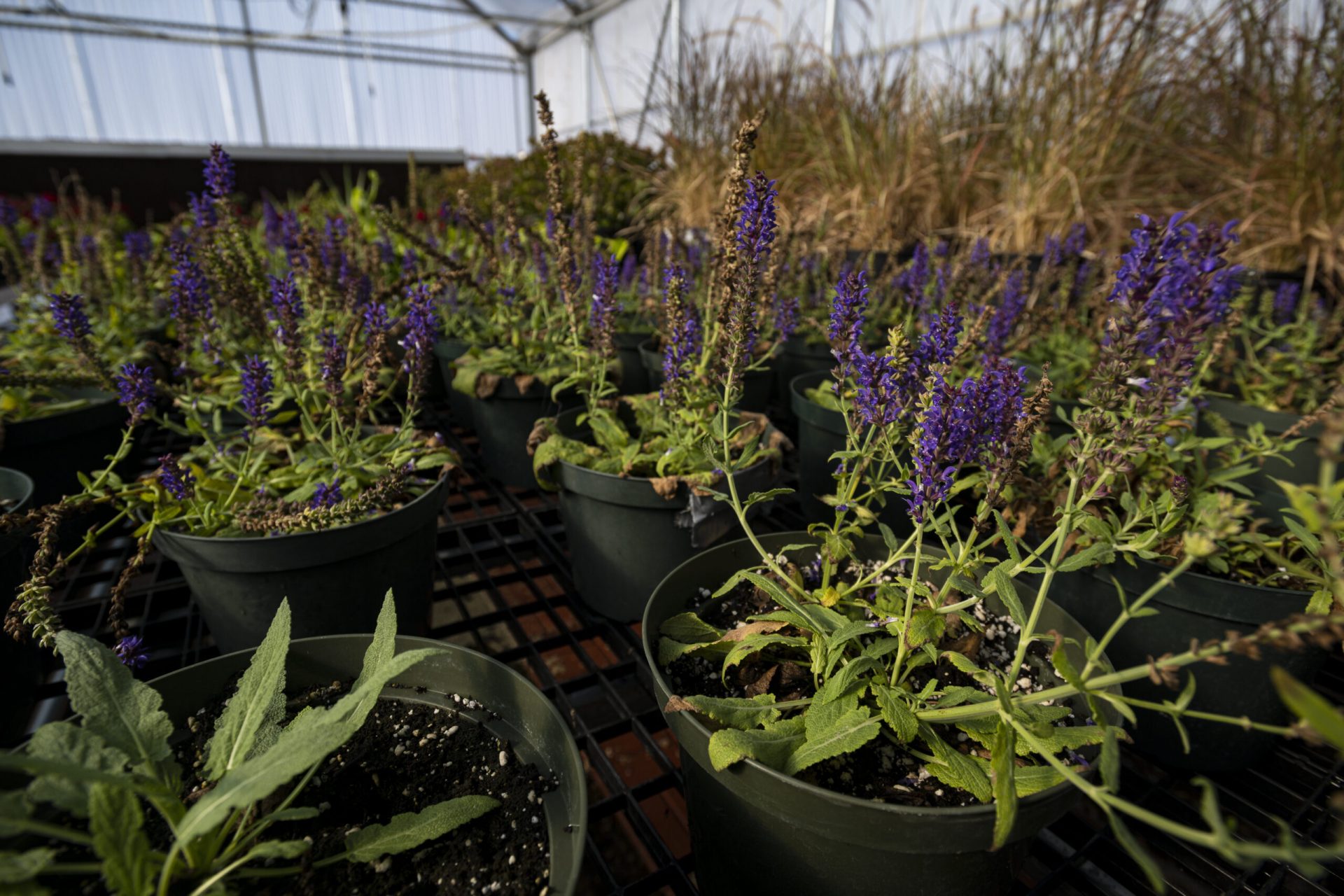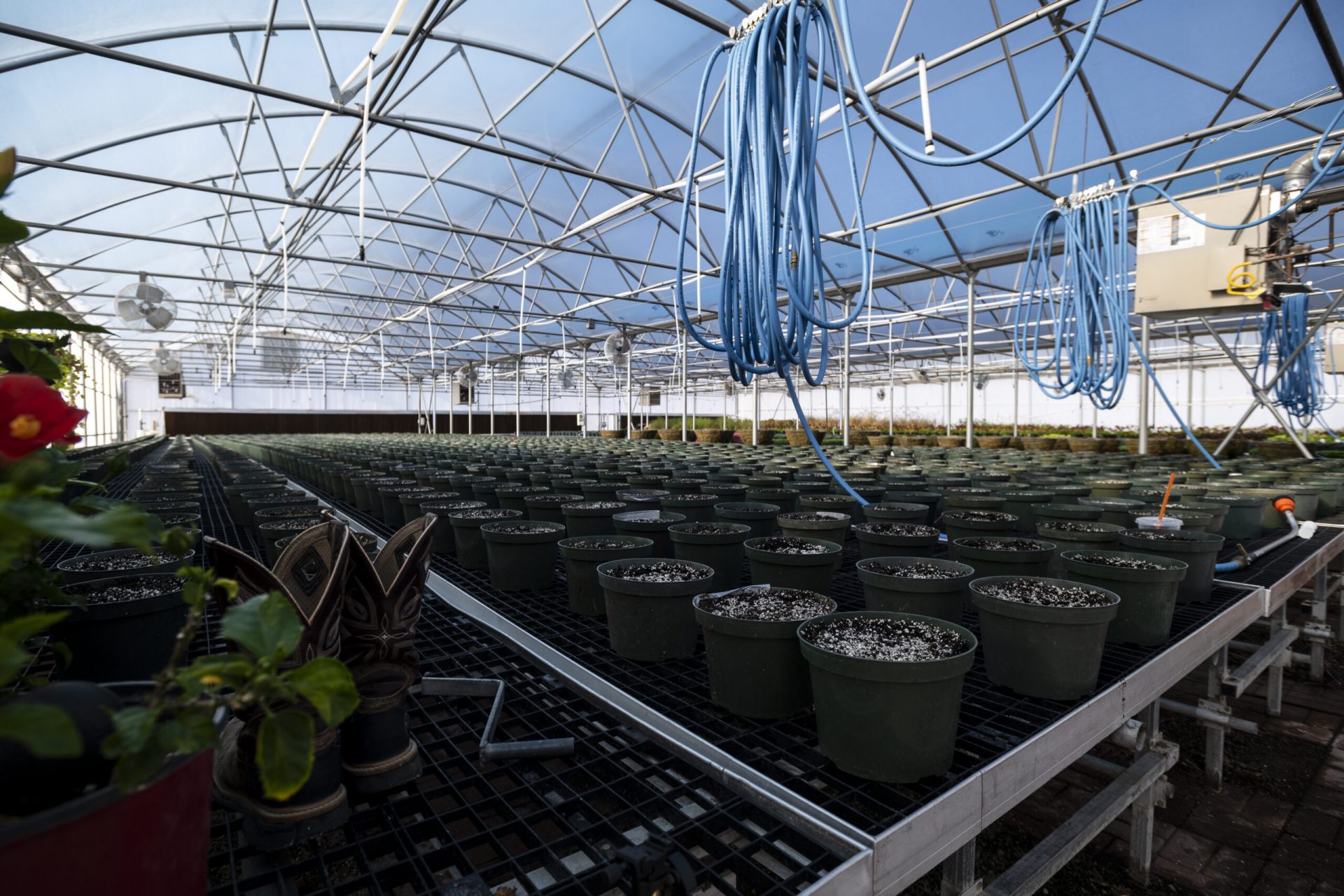It’s 9:30 a.m. on a recent workday and the City of Odessa’s horticultural division staff are already dripping in sweat and up to their elbows in dirt.
The three-member staff, which includes horticulturist Jerri Pond and assistants Patricia Springer and Saul Trujillo, are responsible for the raising, planting and care for tens of thousands of flowers and plants that are raised in the city-owned greenhouse and then planted throughout city parks alongside roadways and downtown greenspace. In addition, the crew oversees a nearby tree farm, which is the temporary home for more than 2,000 tree varieties that will someday replace aging, dying trees in the city.
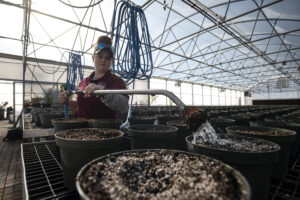
“They do a tremendous job and amount of work for a three-person staff,” said City Parks Director Steve Patton, whose department oversees the horticulture efforts. “On average they grow about 100,000 plants and flowers annually, which really adds color throughout the city and enhances the quality of life.”
Very few municipalities operate their own greenhouse and tree farm, opting instead to purchase what they need through nurseries, Patton said. Managing their own operations saves the city money, and allows staff to plant and replace trees, flowers and plants quickly. It also allows staff to grow plant and flower species that will grow in Odessa, which is a notoriously difficult area to grow things.
“It’s very difficult to grow things in Odessa, which the soil contains a lot of alkaline, and has a high salt content,” Patton said. “When you have a highly knowledgeable staff, like we do, they can recognize problems like that and know where and how to plant things.”
The city’s large, state-of-the art greenhouse, which is located along the 4300 block of West County Road, is the heart of the operations.
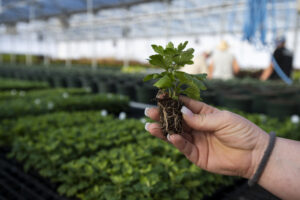
It’s there that Pond and her staff care for and nurture seedlings until they are mature enough to relocate to areas throughout the city. It’s a never-ending process, Pond says.
A large water wall interacts with giant fans located on the opposite side of the greenhouse to maintain the correct temperature in the structure, Pond said. The humidity within the greenhouse is still stifling, but necessary for plant and flower growth.
A computerized monitoring system instantly notifies Pond if the temperature or other greenhouse conditions suddenly change. The greenhouse also includes an indoor irrigation system.
Maybe people think that since summer flowers are in bloom, this is a slow time for us, she said.
“It’s a misconception that we’re not busy in the summer,” Pond said. “This is a year-round effort. We’re actually more busy because we’re preparing for fall plantings and we still have to take care of everything we planted for summer.”
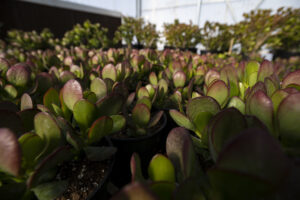
The greenhouse is already filled with seedlings and small plantings like Chrysanthemums, Pansies, Ornamental Cabbage, Kale and Mustard, Snapdragons and Sweet Alyssiums, which will be planted throughout the city for fall and winter.
Spring and summer plantings include Giant pink Supertunias, Geraniums, Purple Fountain grass, Salvia, Sweet potato vine, Digitalis, Phlox, Liriope, Prince tuts, Portulaca, Daylilies, Hardy hibiscus, Dusty Miller and new gold Lantana.
That work week includes frequent tours of the city to water plants and flowers — many by hand — and treat or replace damaged or dying plantings.
Pond’s team is also responsible for the planting and care of thousands of plants and flowers that grow in large, self-watering plastic planters. Every 1-2 weeks water is added to the bottom of the large planters. The simple, but ingenious system includes a wick-like device that pumps up towards the surface when the plants and flowers begin to thirst.
“It’s a lot of work for three people,” admits Pond. “But I thoroughly enjoy it. I always have.
“I take pride in getting it in, watching everything grow and watching people enjoy it.”
Pond also offers tips for homeowners who want to improve their green thumbs:
- Pay close attention to the sun requirements before purchasing a plant.
- Ensure that the area you wish to plant in meets the requirements of the plant variety.
- More water is not always better.
- Too much water is just as detrimental to plant health as not enough.
- Water only when the top few inches of soil are dry.

